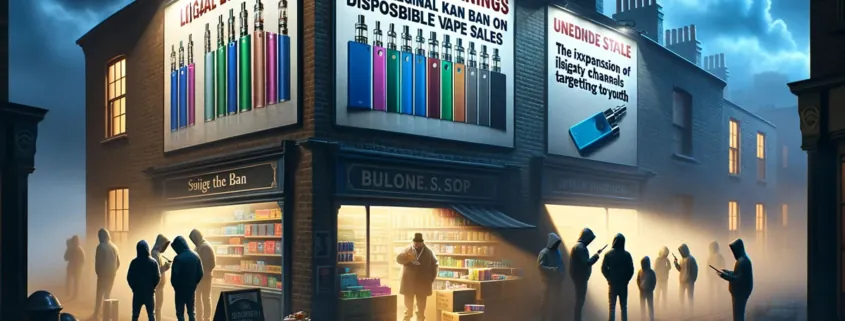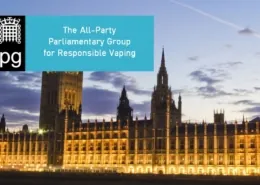UK Vaping Black Market Thrives Amid New Regulations
Take a walk down any busy UK high street and you’re bound to encounter dubious characters selling packs of colorful disposable vapes. While selling to minors is banned, these vapes are still winding up in the hands of youth through untracked channels.
Experts estimate 40-50% of vapes sold in Britain break safety and marketing regulations. As the country moves to institute a blanket ban on disposable vaping products, some argue this could perversely expand the thriving illicit market.
The Rise of Disposable Vapes in the UK
Over 90% of vapes worldwide originate from Chinese vape factories in the “Vape Valley” region of Shenzhen. Previously focused domestically, many of these companies now prioritize exports as China cracks down on vaping.
“The UK is a significant market, accounting for around 30% of vape exports to Europe,” explains Simon, a Vape Valley distributor. “We estimate about half arriving are illegal – obtained through unauthorized wholesalers or shipped illegally in non-compliance with UK vape regulations.”
How Illicit Vapes Reach the UK
To access the lucrative UK vape market, Chinese companies directly contact local sellers via messaging apps with aggressive sales pitches. Vape wholesaler Usain relates, “I’ve had multiple [cold contacts] – they are pushy.”
There are also entire WhatsApp groups dedicated to connecting unlawful Chinese vape wholesalers with UK buyers. These black market vendors frequently exceed legal nicotine limits or mislabel concentrations to bypass rules.
For direct-to-consumer buyers, packages typically pass customs without duties. To exploit this, sellers offer to falsify shipping labels to avoid border scrutiny. “Distributors contacted me on WhatsApp offering to change packaging to say 2ml instead of 3.2ml,” reveals industry insider Paul.
For larger imports, bribery and tactical shipping enable illicit vapes to pass customs undetected before dispersing through retail networks with minimal oversight. Social media facilitates distribution to minors, with Snapchat and TikTok dealers making sales digitally to avoid accountability.
New Regulations Could Grow the Vaping Black Market
With disposable vapes saturating streets and funding crime, the UK recently announced a wholesale ban coming into effect. The policy intends to curb youth access.
Yet while prohibiting legal sales, experts warn this move could expand illicit channels. “We’re moving the disposable vape market from a legal market not meeting its responsibilities to an illegal one underground,” argues Scott Butler of the environmental group Material Focus.
“This is a very similar move to what we’ve seen with the UK’s recent ban on [nitrous oxide],” adds drug policy expert Katya Kowalksi. “Yes, we all want kids not using disposables. However, what this policy doesn’t highlight is that kids using vapes is already illegal.”
Rather than reducing harm, critics believe reactionary bans often backfire by removing retail guardrails like age verification. The resulting uncontrolled black markets enable easier youth access without safety standards.
Potential Alternatives to Bans
Instead of blanket prohibitions, advocates promote regulatory nuance and consumer education to curb vaping risks. Potential alternative policies include:
- Strict licensing around legally selling vapes, with fees funding enforcement
- Limiting social media vape promotions targeting youth
- School-based education on vaping’s health and environmental impacts
- Incentivizing retailers to adopt robust age verification for purchases
“We need to focus on harm reduction instead of a blanket ban purely for the sake of populism,” Kowalksi urges. “Trying to stamp out disposables this way will only create potential customers for the illicit market, like what’s happened with [nitrous oxide].”
While politically popular, reactive total bans tend to shift problems out of sight rather than solving them. With illegal vape supply chains well-established globally, the UK likely needs more nuanced regulation and demand-reduction efforts to meaningfully address this emerging public health threat.
- Minneapolis Sets $25 Minimum Price for E-Cigarettes - July 11, 2025
- Alabama Schools to Implement New Anti-Vaping Policies - July 11, 2025
- Is Vaping and Driving Illegal in Rhode Island? (2025 Guide) - July 10, 2025








